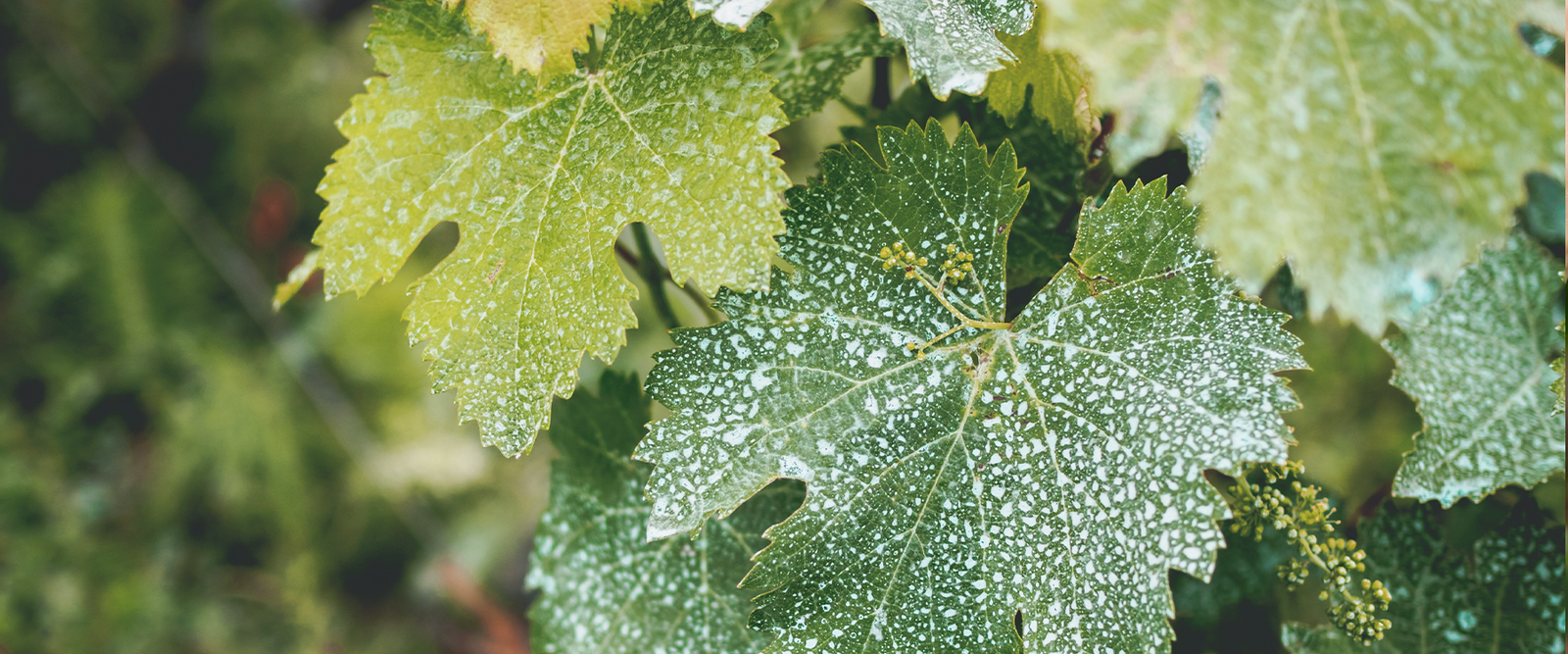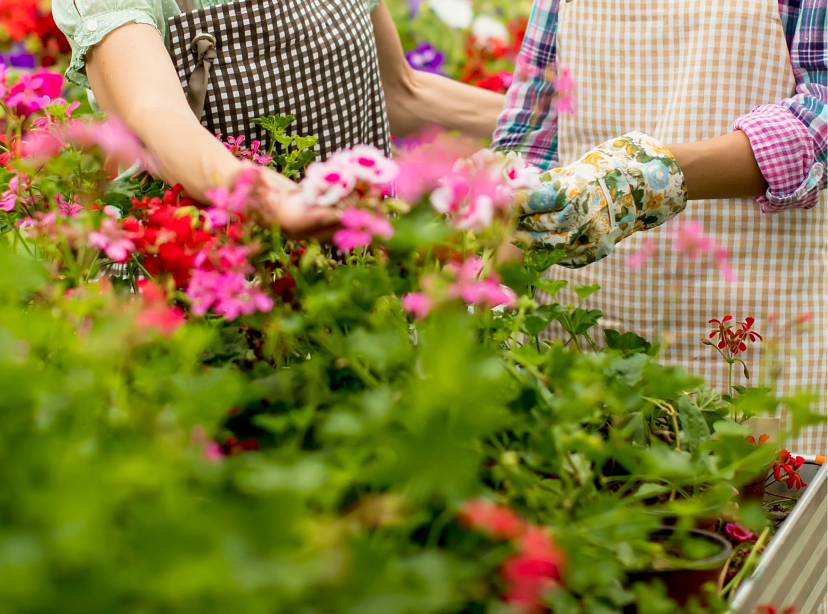Among the plant diseases known to gardeners, powdery mildew is one of the most widespread and common culprits. It's a fungal disease that's easy to spot because it gives plants a dusty appearance with light grey or white spots covering their leaves. But don't worry! There are ways to prevent and treat powdery mildew to keep your garden healthy and beautiful.
What is Powdery Mildew?
Powdery mildew likes warm, dry climates with fairly high humidity. It often appears in spring and fall and grows on the surface of plants, including their leaves, stems, flowers, fruits, and veggies.
Some types of powdery mildew attack specific plants (such as crape myrtle mildew), while others can harm many different kinds. Roses, dahlias, tomatoes, zucchini, squash, and cucumbers tend to be infected more than other plants, especially when they’re grown in conditions favorable to powdery mildew. When left unchecked, infected plants may experience minor damage such as withered or distorted leaves and slower growth development.
Preventing Powdery Mildew
Here are some simple ways to prevent powdery mildew from infecting your plants:
-
Reduce humidity by making sure your plants have enough space between them so air can flow freely.
-
Put your plants in sunny spots that suit their needs.
-
Avoid watering too much and creating too much humidity.
-
Prune your plants carefully to improve airflow and remove dead or damaged parts. Follow our guide on proper pruning techniques to minimize any potential damage done by pruning.
-
Disinfect your garden shears before and after pruning, and even in between sessions, especially when pruning an infected plant.
General Recommendations for Treating Powdery Mildew
If your plants already have powdery mildew, don't worry! It may take several weeks to see visible results, but I recommend trying out these natural remedies:
-
Mix milk and water (40% milk, 60% water) and spray it on the affected areas. Using milk for preventing and managing powdery mildews has been proven effective, especially on pumpkins, melons, and cucumbers.
-
Blend two bulbs of fresh garlic, a quart of water, and a few drops of liquid soap, strain, then refrigerate. Before spraying the plant, you can also dilute the mixture with 1:10 parts water to prevent germination of asexual spores.
-
Mix four tablespoons of vinegar to a gallon of water, and spray the mixture every three days until the mildew has been cured. The acetic acid present in vinegar will change the fungus pH, killing the disease effectively.
-
Try a baking soda solution (one tablespoon baking soda, one teaspoon horticultural oil, one teaspoon liquid soap in a gallon of water) on affected areas every one to two weeks. You may want to test the solution first on several plants to make sure you don’t have any issues with this treatment before spraying all of your plants.
-
Use sulfur-containing powdery mildew fungicide. Sulfur is widely used to combat mildew and should prevent and treat any existing infections.
-
Use a quality pair of pruners like our PrecisionPRO garden shears to prune or remove the affected areas such as leaves, buds, stems, fruit or vegetables from the plant. Pruning reduces the treatment area and allows good air circulation and enough sunlight to reach the inner parts of the plant, especially for rose bushes. Remember to disinfect your pruning shears before and after using them on infected plants to prevent possible transmission of disease from one plant to another.
By following these steps, you can help prevent powdery mildew from harming your plants. Good luck keeping your garden healthy and beautiful!




